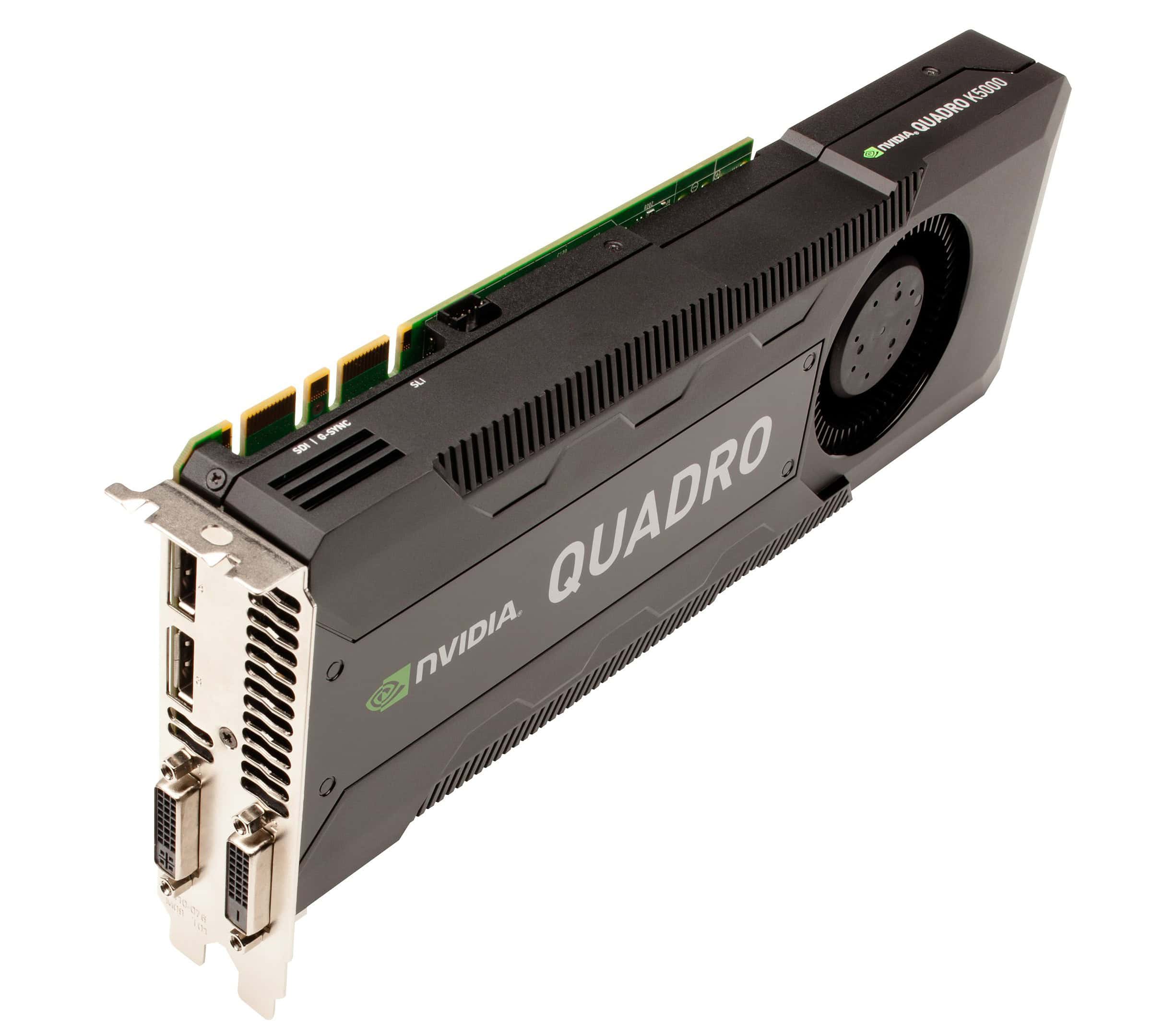The Nvidia Quadro K5000 is a graphics card that was designed for professional applications rather than gaming. Its architecture and features cater to tasks that require high precision and computer-related capabilities. This makes it ideal for workstations that handle design, engineering, and scientific modeling. However, gamers often wonder if this card could cross over to gaming.
While the Quadro K5000 is capable of running games, it might not offer the best value or experience compared to gaming-oriented graphics cards. Nvidia’s gaming line, such as the GeForce series, provides optimizations and features specifically tailored for gaming performance which the Quadro series lacks. For those interested in gaming, a graphics card from the GeForce lineup might be more suitable.

A Deep Dive into the NVIDIA Quadro K5000
Technical Specifications
The Quadro K5000, based on the Kepler architecture, packed a punch for its time.
| Specification | Details |
|---|---|
| CUDA Cores | 1536 |
| Memory | 4GB GDDR5 |
| Memory Interface | 256-bit |
| Core Clock | 706 MHz |
| Memory Clock | 1350 MHz (5.4 Gbps effective) |
| Interface | PCI Express 2.0 x16 |
| Display Outputs | 2x DVI, 2x DisplayPort 1.2 |
| TDP | 122W |
Performance Highlights
This powerhouse excelled in professional applications.
- Exceptional Design Interaction: Handled complex 3D models with ease, crucial for CAD and engineering workflows.
- Richer Content Creation: Delivered smooth performance in rendering, video editing, and visual effects tasks.
- Scientific Exploration: Accelerated data processing and visualization for research and analysis.
Quad-Display Support
A standout feature was its ability to drive up to four displays at once. This flexibility opened doors for various use cases:
- Expansive Desktop: Increased productivity with multiple screens for different tasks.
- Digital Signage Walls: Created immersive visual experiences for advertising and presentations.
- Stereoscopic 3D Environments: Enabled captivating virtual reality and 3D visualizations.
Legacy But Not Forgotten
While the Quadro K5000 has since been succeeded by newer models, it holds a place in history as a workhorse GPU that empowered professionals across industries.
Key Takeaways
- The Nvidia Quadro K5000 is optimized for professional use, not gaming.
- It can run games but doesn’t offer the best gaming performance or value.
- GeForce graphics cards are generally better suited for gaming needs.
Technical Specifications and Performance Analysis
This section provides a detailed look at the Nvidia Quadro K5000’s features and how they relate to gaming performance.
Architecture and GPU
The Nvidia Quadro K5000 features the Kepler architecture. Its GPU code name is GK104 and it was built using a 28 nm manufacturing process. The card includes 3,540 million transistors which make the computing very efficient. The Kepler design helps with tasks that need a lot of computing power.
Memory and Bandwidth
This graphics card has 4 GB of GDDR5 RAM. The memory interface width is 256-bit, and the memory bandwidth is 173 GB/s. A higher memory bandwidth allows more data to transfer at once. This makes high-resolution rendering and fast data processing possible.
Performance Benchmarking
Benchmark tests are important to see how a GPU performs. In benchmarks like Passmark and Geekbench, the Quadro K5000 shows it’s powerful for a professional GPU. But compared to new gaming GPUs, it may not reach the same levels.
Gaming Capabilities
The Quadro K5000 supports APIs like DirectX 12 and OpenGL. These are software tools games use to talk to the GPU. The card can run popular games like CSGO, GTAV, Overwatch, and PUBG. It will give good frame rates in older or less demanding games. For new games at high settings, it might not be as strong.
Comparative Analysis
When comparing the Quadro K5000 with gaming cards like the Geforce series from Nvidia or models from AMD, we see differences. Gaming GPUs have higher clock speeds and are optimized for high FPS. The Quadro K5000 is a workstation GPU. It is made more for precision and stable graphics in professional applications than for the quick and responsive needs of high-end gaming.







